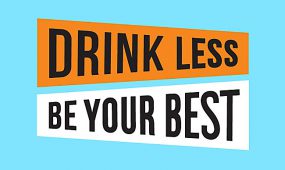Media Campaigns

CDC supports a variety of campaigns to educate Americans on how to stay healthy and reduce the impact of chronic diseases on their quality of life. Check out the latest campaigns below.
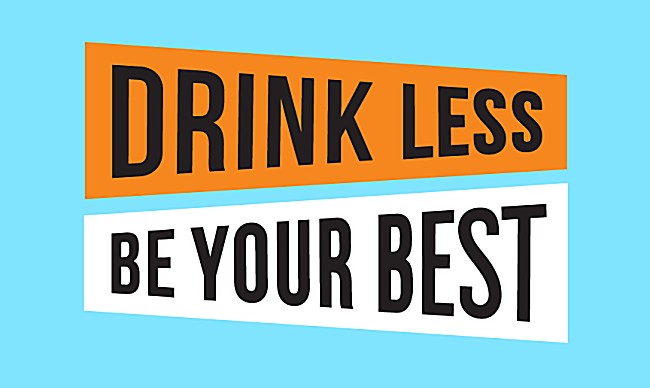
Drink Less, Be Your Best encourages US adults who drink excessively to drink less to improve their quality of life and decrease their risk of harmful health conditions. The campaign website allows users to anonymously check their drinking, identify barriers and motivators for drinking less, and print or save a personalized change plan.
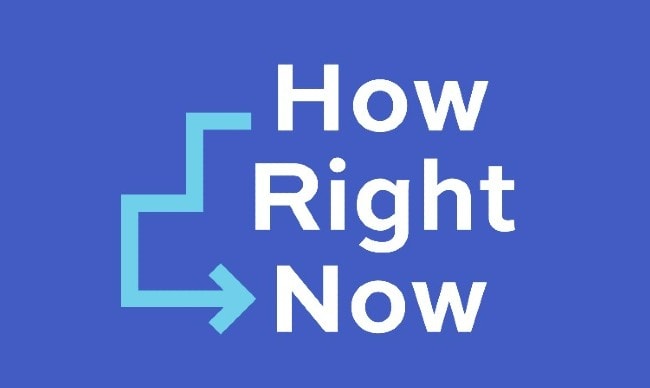
How Right Now/Qué Hacer Ahora (HRN/ QHA) aims to increase audiences’ coping skills and their ability to adapt and be resilient. It reflects everyday emotions that adults are having and addresses them in actionable ways in visually appealing formats.
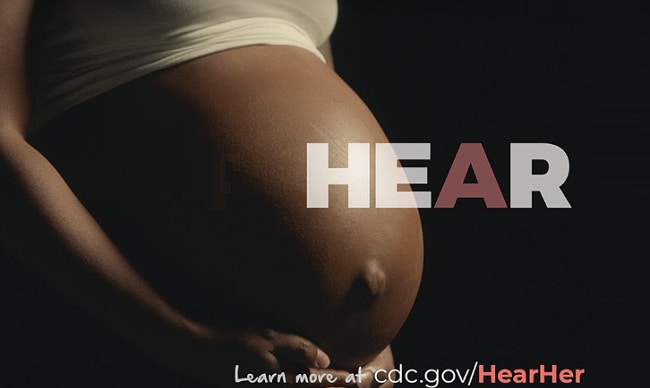
The Hear Her campaign is designed to increase awareness of urgent maternal warning signs and empower pregnant and postpartum women to speak up when they have concerns.
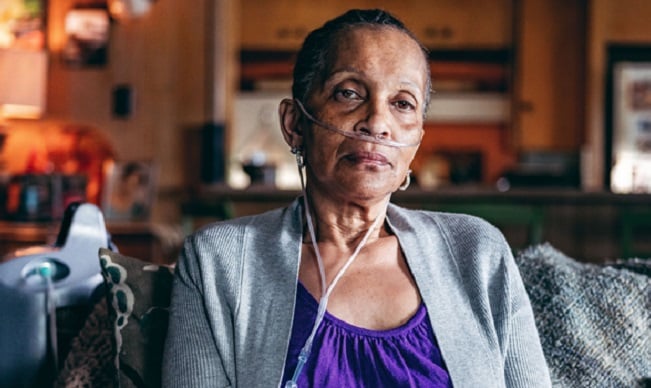
CDC’s Tips From Former Smokers® campaign profiles real people who are living with serious long-term health effects from smoking and breathing secondhand smoke.
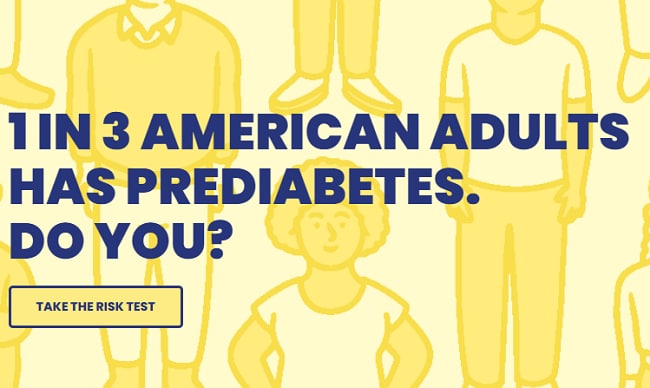
In the first-ever national prediabetes awareness campaign, public service announcements encourage people to learn their risk of type 2 diabetes by taking a short online test at DoIHavePrediabetes.org, and to use the resources at that site to reverse their risk.
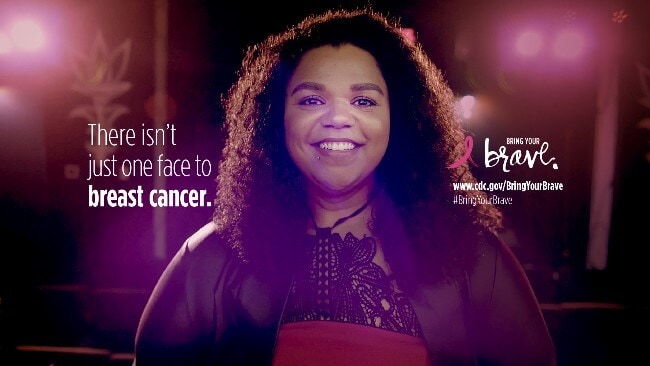
The Bring Your Brave campaign provides information about breast cancer to women younger than 45 by sharing real stories about young women whose lives have been affected by breast cancer.
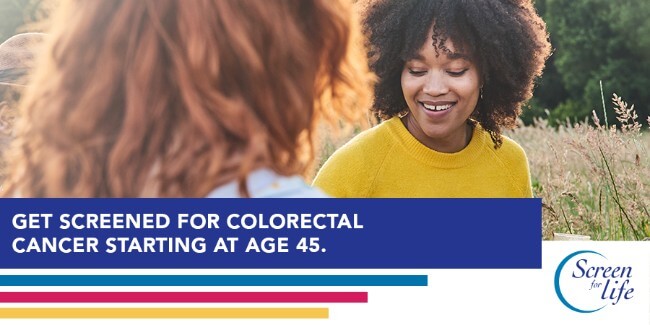
CDC’s Screen for Life: National Colorectal Cancer Action Campaign informs men and women aged 45 years and older about the importance of having regular colorectal cancer screening tests.
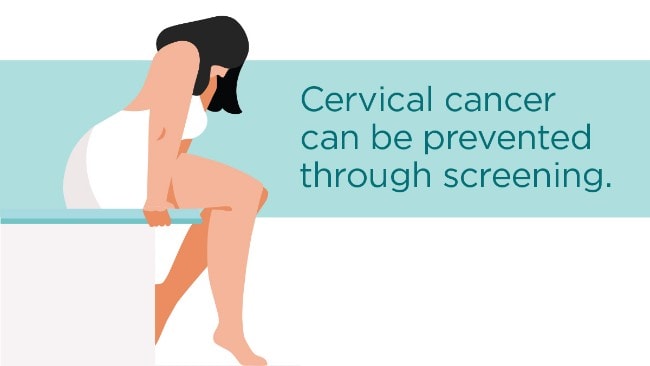
The Inside Knowledge campaign raises awareness of the five main types of gynecologic cancer: cervical, ovarian, uterine, vaginal, and vulvar. Inside Knowledge encourages women to pay attention to their bodies so they can recognize any warning signs and seek medical care.
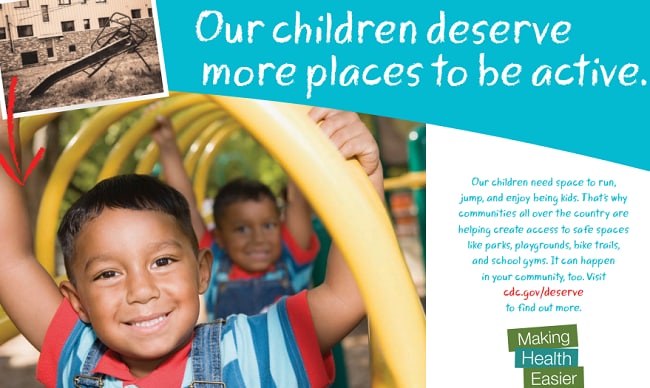
The places where we live, work, learn, and play can impact our health. With a focus on sharing this message with African American and Hispanic audiences, this campaign features a broad range of materials for print, digital, and radio placement with an “Our Community Deserves” theme.
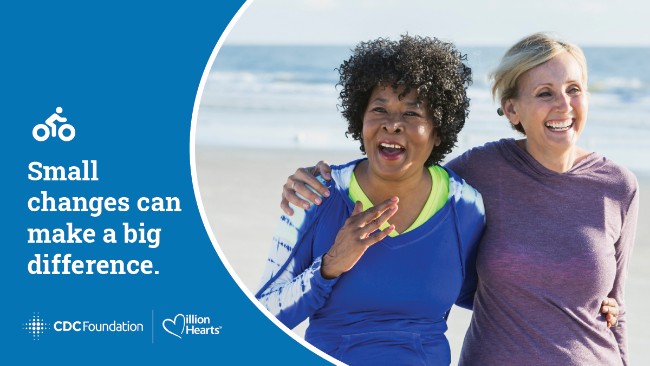
The Start Small. Live Big. campaign encourages adults to take small, heart-healthy steps to get back to living big. The campaign features video PSAs, social media videos and graphics, print flyers and posters, and a Heart-Healthy Steps website—all designed to remind audiences of the small steps within their control to get back to a full and heart-healthy life.
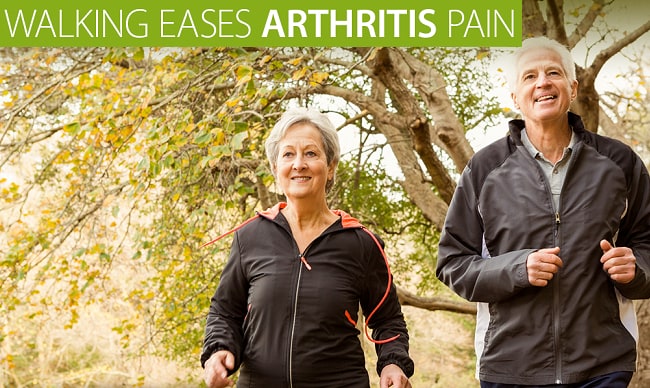
Physical Activity. The Arthritis Pain Reliever. promotes physical activity as a method to manage arthritis pain and to increase function in adults with arthritis. It was developed with the Arthritis Foundation to be used at the state level.
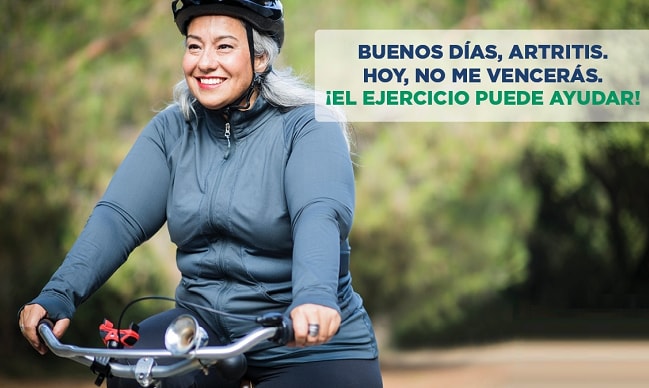
Buenos días, artritis promotes physical activity as a method for arthritis self-management in Spanish-speaking adults. The campaign was developed to be used at the state level and was created based on extensive audience research.
Additional Campaign Resources
The resources below include a collection of free and low-cost, audience-tested advertising and support materials produced by state and local health departments, nonprofit organizations, and federal agencies.
Alcohol and Public Health Online Media
Arthritis Communication Resources
State and Community Health Media Center
Cancer Prevention and Control Resource Library
Nutrition, Physical Activity, and Obesity Multimedia Tools
Epilepsy Communication Resources
Healthy Schools Multimedia
Tobacco Media Campaign Resource Center
